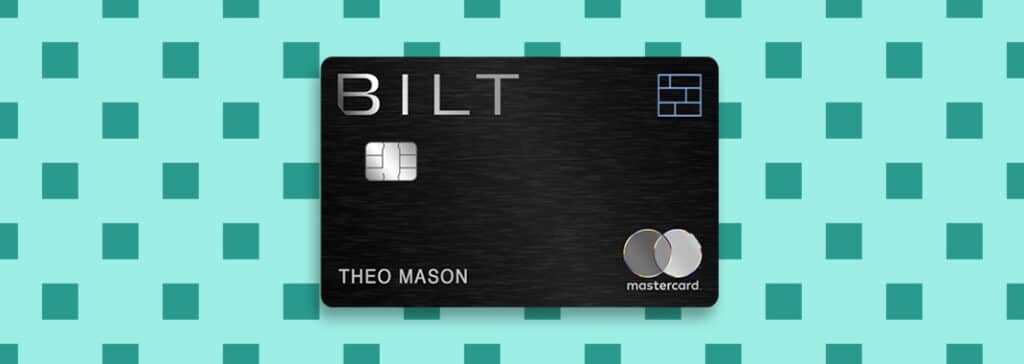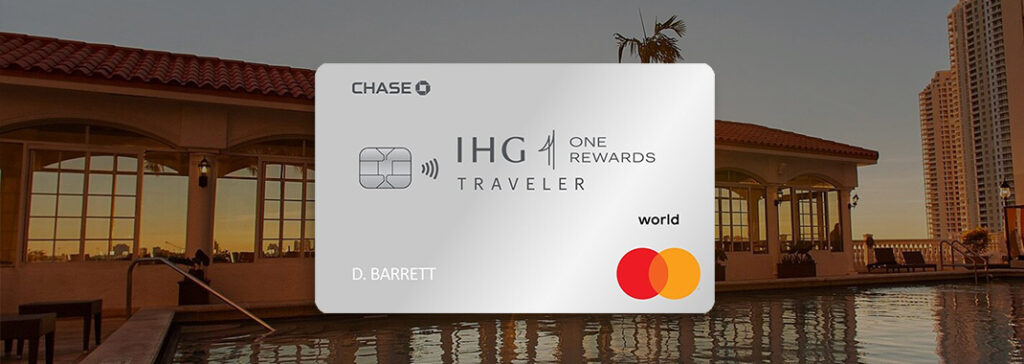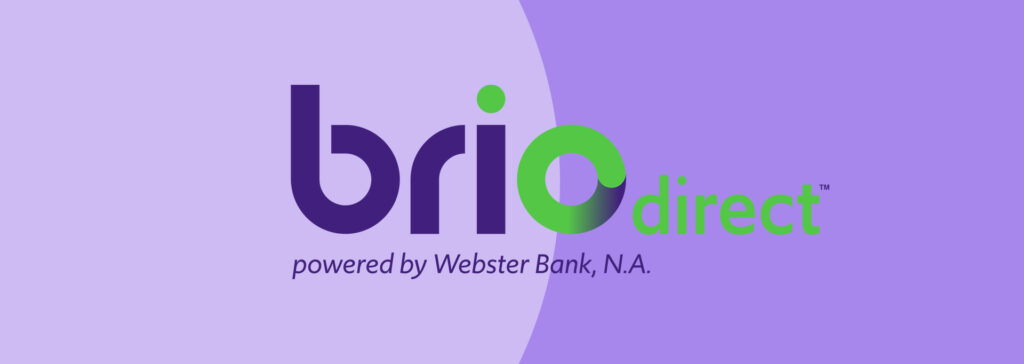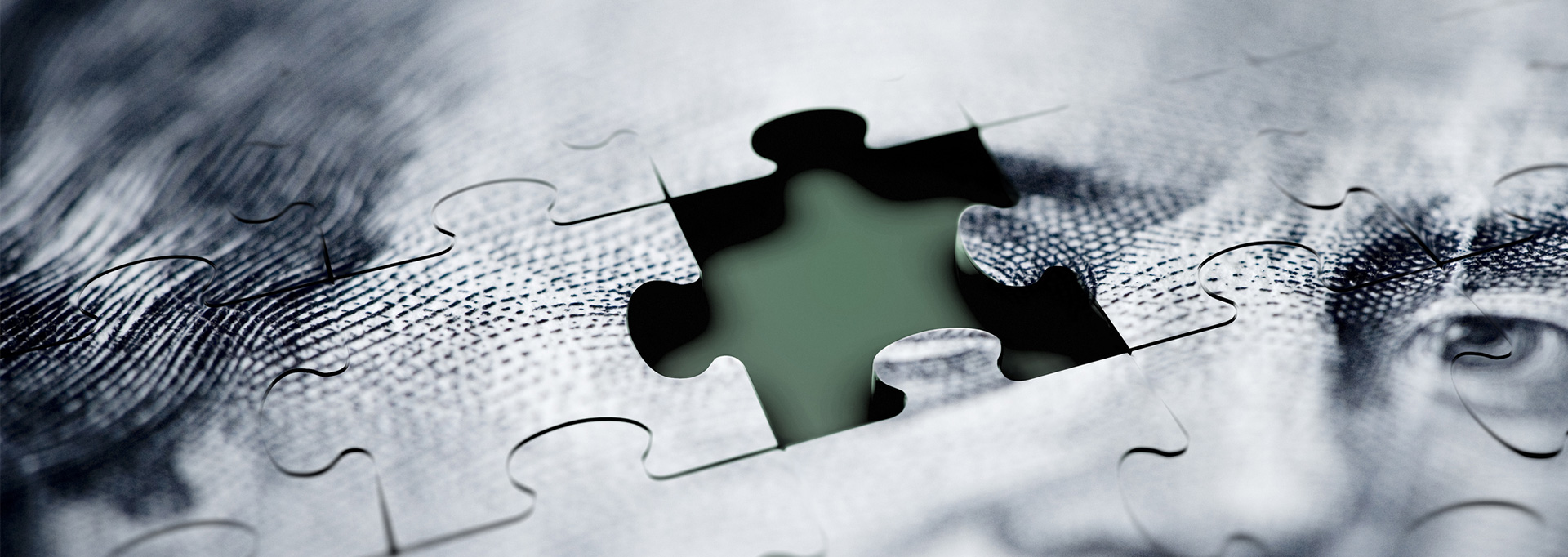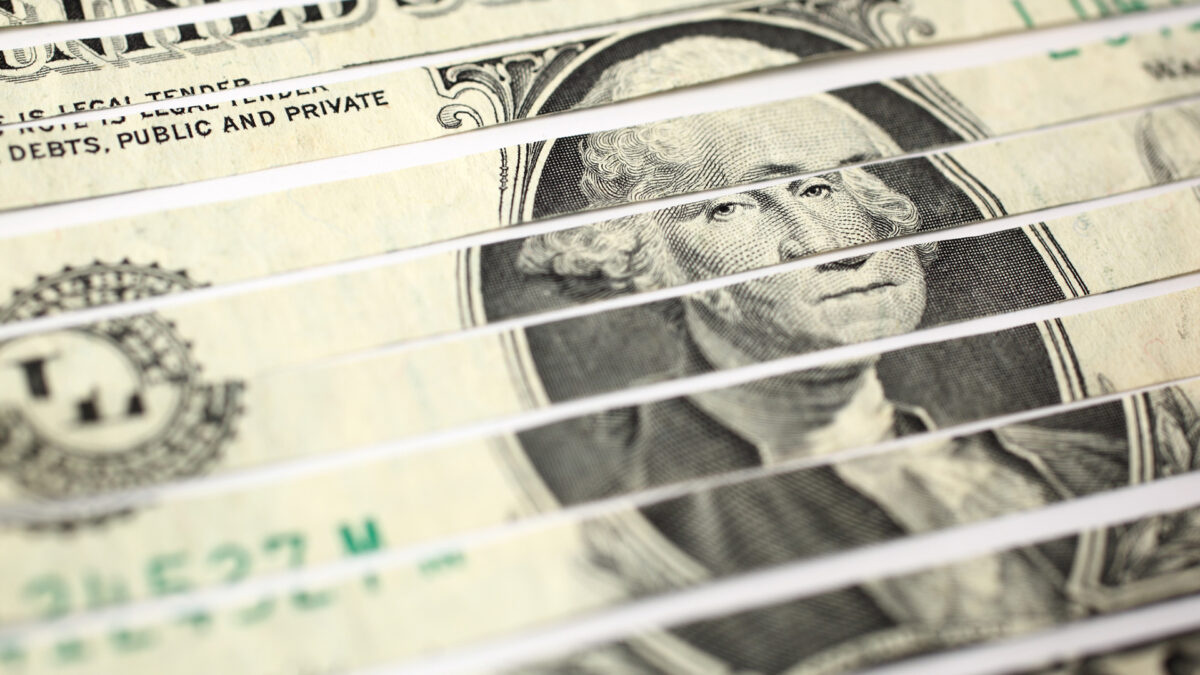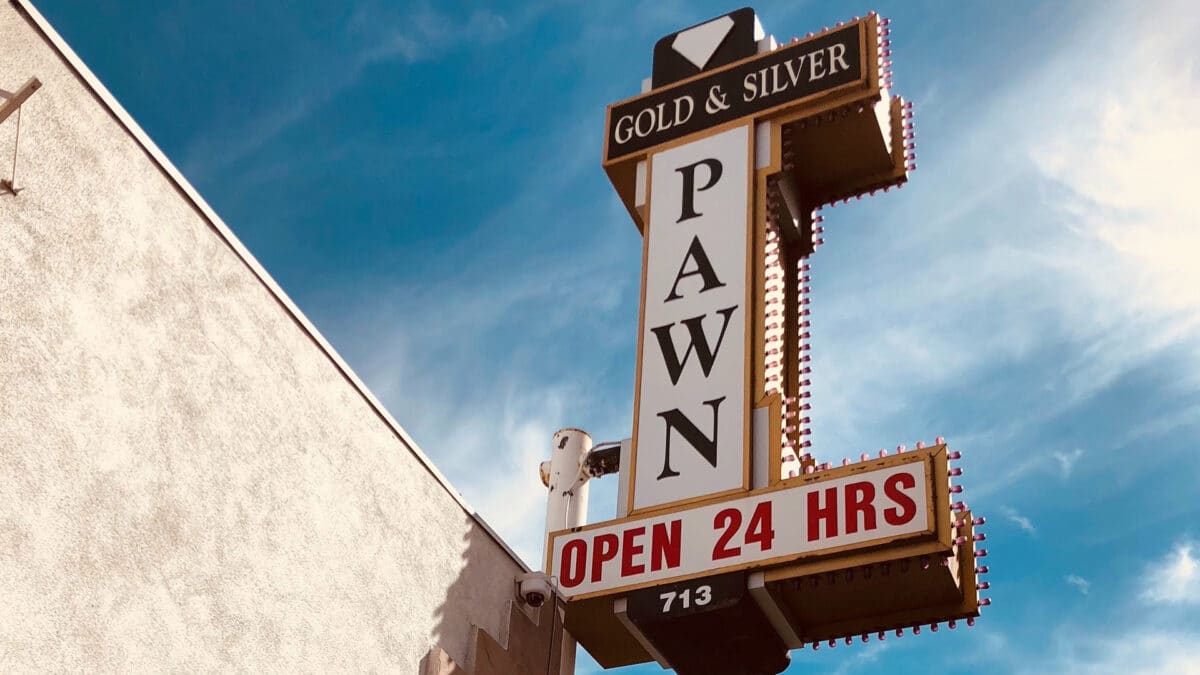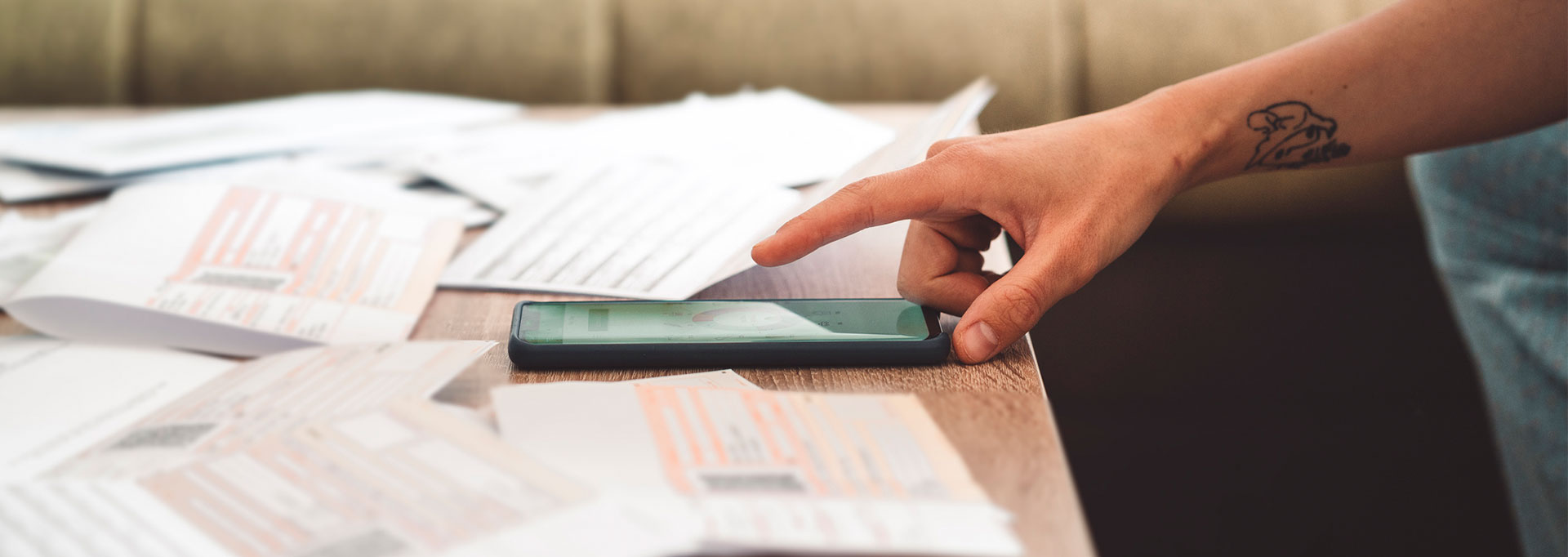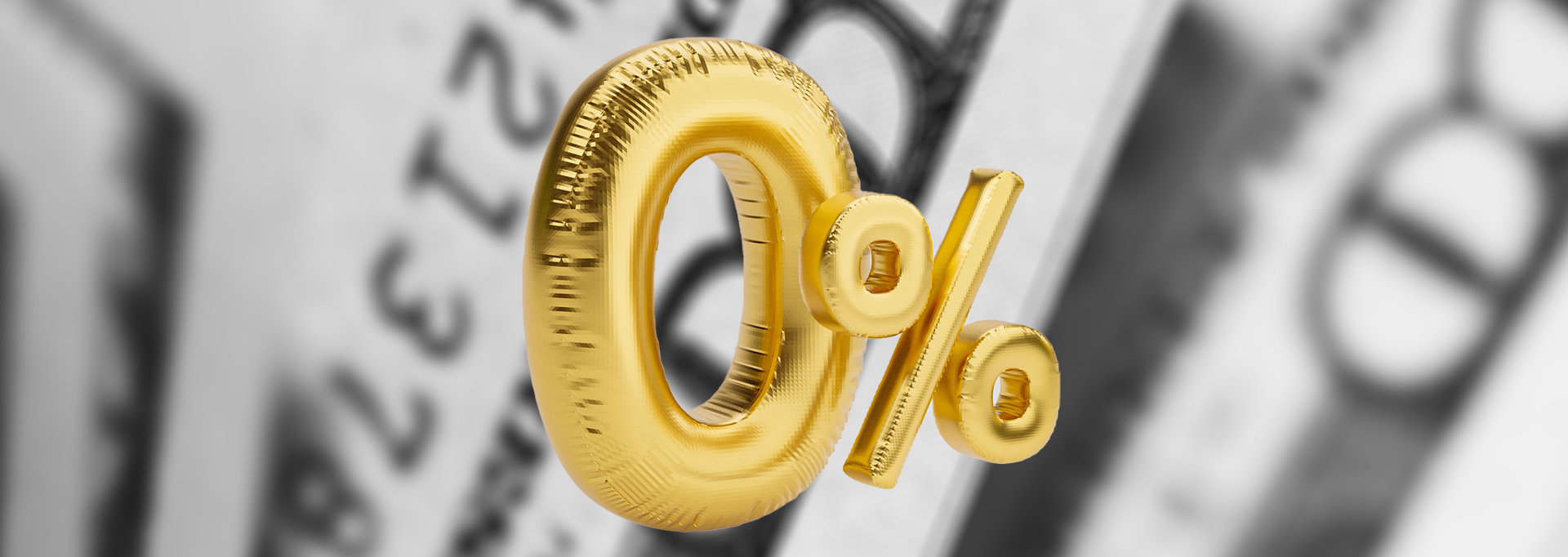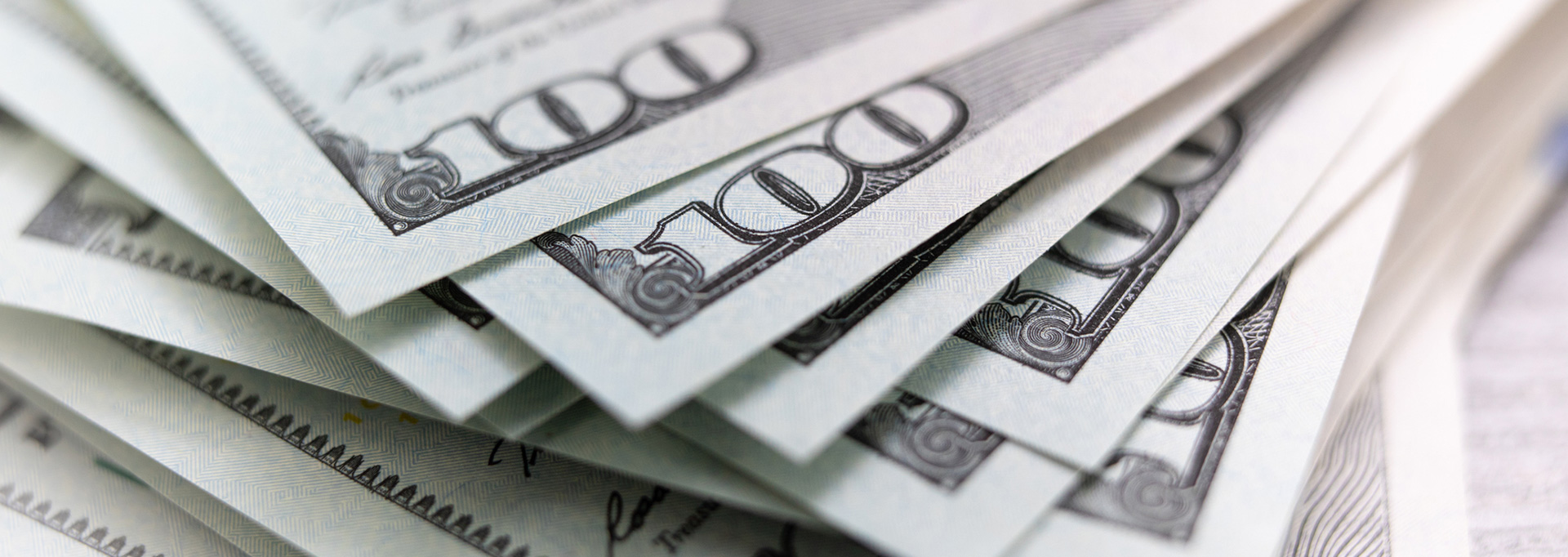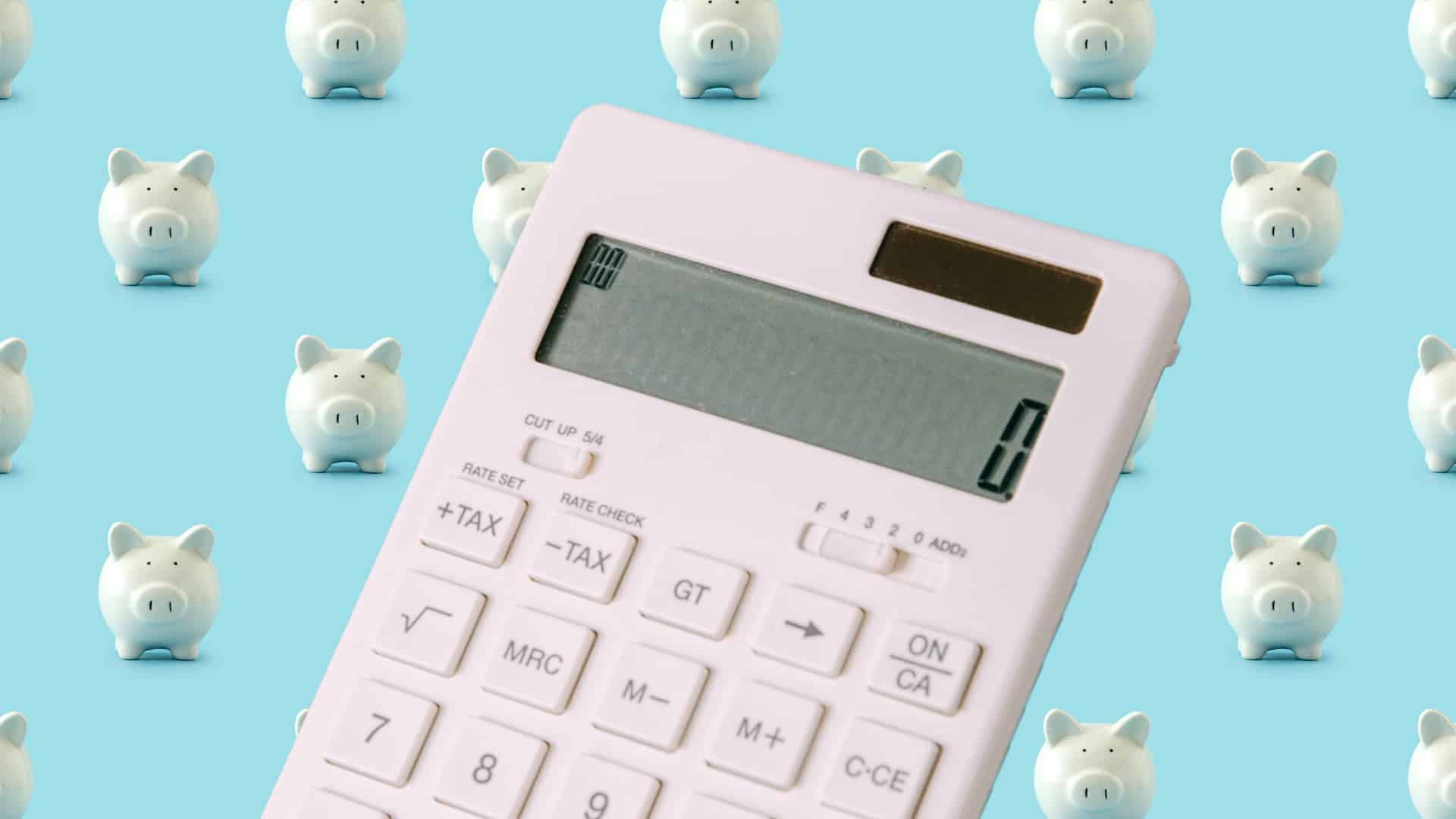Most products on this page are from partners who may compensate us. This may influence which products we write about and where and how they appear on the page. However, opinions expressed here are the author's alone, not those of any bank, credit card issuer, airline or hotel chain.
A common misconception is that if you’ve gone through bankruptcy, including a discharged bankruptcy, it will be impossible to qualify for any type of loan or credit. Even though bankruptcy can have a negative impact on your credit report, it doesn’t mean you're ineligible or unqualified to take on any additional debt forever. Here's what you need to know about getting a personal loan after bankruptcy.
Can You Qualify for a Personal Loan After a Bankruptcy?
Yes, it is possible to qualify for a personal loan after bankruptcy. However, you may face higher interest rates, less favorable loan terms, and fewer lending options compared to those with good credit. That said, having a bankruptcy on your credit report does not automatically disqualify you from getting a loan.
Fortunately, there are lenders out there that are willing to work with those who have a bad credit history, including borrowers who’ve filed for bankruptcy in the past. You'll need to do some research to find a credible lender that will approve you. Or you can explore other options such as finding a co-signer or co-borrower or offering up collateral to reduce the lender's risk of lending money to you.
How Long Does Bankruptcy Appear on a Credit Report?
Credit reporting agencies continue to report Chapter 7 and 11 bankruptcy filings for up to ten years. Chapter 13 bankruptcies don't appear for as long, typically lasting for up to seven years. Other kinds of bad credit information, like missed payments, debt collections, or foreclosures, typically stay on the report for up to seven years before being removed.
Credit reporting agencies have established formulas that reduce the impact of bankruptcy—and other events—on your credit as time passes. This approach ensures that the more recent payment activity holds more weight than older negative items.
Bankruptcy Factors That Affect Personal Loan Eligibility
If you're facing bankruptcy or have filed in the past, here are several factors that can affect your ability to get a personal loan:
- Bankruptcy type: It may be easier to qualify for a personal loan after you wait until your debts are fully discharged. In a Chapter 7 bankruptcy, debt can be discharged within several months, while Chapter 13 can take between three to five years.
- Credit score: Your credit score will take a hit after a bankruptcy, and lenders will review your credit score when determining whether you qualify. Having a low credit score could mean unfavorable borrowing terms, or depending on the lender, instant rejection.
- Filing date: Since bankruptcy can stay on your credit report for up to 10 years, you may have an easier time applying for a personal loan after the bankruptcy falls off your credit report.
If you are looking to apply for a personal loan after a bankruptcy, it may sound challenging, but it is possible.
How to Apply for a Personal Loan After Bankruptcy
1. Review Your Financing Options
Before applying, you may want to take a step back and reconsider your financial strategy before signing on for more debt. If your previous bankruptcy resulted from overborrowing, evaluate whether taking on more debt is something you should be doing. Is a personal loan the only option, or do you have other financing options available, such as saving up for the expense or using a balance transfer card? Carefully review your options to see what makes the most sense financially.
2. Check Your Credit Score
Lenders base much of their loan offers and eligibility on your creditworthiness. As mentioned earlier, having a bankruptcy on your credit report will drop your credit score. While this won’t always disqualify you from being approved for a personal loan, it will affect the interest rate you receive. The lower the credit score, the higher the interest rate.
You can check your credit score for free to see where you stand and what loans you'll likely qualify for. If you notice any errors in your credit report, be sure to dispute them. Resolving errors may even potentially increase your credit score and open you up to slightly more loan options.
3. Calculate Your Borrowing Amount
Determine how much money you need to borrow. If you're paying for a wedding or need a home improvement loan, get quotes so you have a close idea of what your costs look like. You don't want to end up borrowing too much, or borrowing too little.
You should also use a loan calculator to estimate your monthly payments to see if they line up with your budget.
4. Get Prequalified
Getting prequalified is an important step because it lets you see estimated APR and loan terms from different lenders so that you can compare them. Make sure you check whether a lender charges fees, such as an origination fee, which is a percentage of the loan to cover processing costs.
Also, there's typically no adverse effect on your credit report because most lenders only do a soft credit check during the prequalification process.
5. Apply for the Loan
Once you've identified the right lender, the next step is to fill out the personal loan application. Most lenders now have online applications so you don't have to physically go to a branch or print out and mail a hard copy. The process for each lender will vary, but you will typically be asked to provide personal information and documentation, such as your income, tax forms, Social Security number, etc. If you're applying with a co-signer or co-borrower, they'll need to provide these documents too.
6. Sign the Loan Offer and Receive Funding
If you're approved for a loan, you'll receive a loan agreement. Review the terms and sign the agreement to receive your funds. The lender may take several days to disburse your personal loan funds into your account. If you need the funds fast, look into emergency loans that offer same-day or next-day funding.
Post-Bankruptcy Loans to Avoid
Many options exist online for loans, so it can be difficult to decipher which ones are credible. Many are legit, but some are scams from predatory individuals posing as lenders, trying to take advantage of people with bad credit looking for a loan. Keep the following scams in mind as you consider various lenders—and run in the opposite direction if you see one.
Many short-term loans may seem like a dream come true at first. They often make big claims, saying you can get cash without a credit check. This may seem appealing if you have less-than-stellar credit, but the catch is that these loans also come with extremely high interest rates. Here are a couple of examples of short-term loans:
Payday Loans
Predatory lenders offer these loans, which carry exorbitant interest rates. How do they work? These loans are a popular option to quickly get people out of a jam. Lenders provide small amounts of money over short periods—and at astronomical interest rates. The idea is that the debt will get paid off with the next paycheck. What often ends up happening is that the borrower doesn’t pay on time and has to take out another loan to pay the first one. Of course, this can create a dangerous debt cycle.
Pawn Shop Loans
These loans depend on collateral. You bring a valuable item into the shop, and the owner assesses it and gives you the value in the form of a loan. It seems straightforward, but there are some significant downsides to this arrangement.
First, the assessed value is often way below the actual value of the item because the shop owner gets to decide how much they want to give you for the goods you bring them. Second, there’s an interest rate associated with this loan, and you have to pay it back. So you must tack on the interest to the initial amount you borrowed.
Also, if you don’t make on-time payments, the pawnbroker may keep the item you gave them as collateral. Because you may have received far less than the object's worth, you’ve essentially sold the item to the pawnbroker at a massive discount.
Alternatives to Personal Loans
Since a lower credit score makes it more challenging to qualify for a loan, sometimes it’s hard to find a lender that will work with you. While some lenders are willing to help those with bad credit, here are some legitimate alternatives to consider if you can't find a lender you want to work with.
Credit Builder Loans
Filing for bankruptcy often gives people the motivation they need to improve their credit score—which is where a credit builder loan comes in. The amount you borrow gets deposited into a bank account held by the lender. You'll make monthly payments to the lender, then get a lump sum minus any fees or interest at the end of the repayment period.
By making your payments on time, your credit score improves each month. And, of course, you don’t have to have good credit to be approved because the point of the loan is to help you build your credit.
Secured Personal Loans
Many personal loans are unsecured. This means they don't require collateral as part of the application process. A secured personal loan requires collateral. Why? If your credit score is not as high as the lender would like, a valuable asset like your home or a CD savings account can offset the lender’s risk so they're more likely to approve your loan. Also, because a secured personal loan is backed by collateral, you may have lower interest rates. The flip side is that if you default and can’t repay your loan, you risk losing your collateral.
0% Intro APR Credit Card
For borrowers who qualify, a credit card with a 0% introductory APR can work like a loan. You make purchases with the card and enjoy 0% interest on your balance for the promotional period, which essentially comes out to an interest-free loan. The downside is when the promotional period ends, you may get stuck with ultra-high interest rates and hefty monthly payments. If you can pay off your expense within a year, a 0% intro APR card can be a good option.
The Bottom Line
Going through bankruptcy does not necessarily disqualify you from getting a personal loan. Even though your credit rating will suffer, some lenders may be willing to work with individuals with low or bad credit scores. The key is to do your research and find a reputable lender with loan terms that are favorable to you. Avoid predatory lending practices that sound too good to be true because they usually come with terms that are very difficult to meet or carry extremely high interest rates.
FAQs
-
With the right lender, you may still qualify for a personal loan after filing for bankruptcy. Whether or not you qualify depends on when you filed for bankruptcy and how it impacted your credit score. If you do qualify, you'll likely face higher interest rates and fees.
-
Borrowers with bankruptcy on their record can still qualify for personal loans, as some lenders will approve borrowers with low or bad credit scores. However, these types of borrowers will likely be offered loans with high interest rates.
-
Credit bureaus keep bankruptcy filings on credit reports for up to ten years. Other negative credit data like missed payments, debt collections, or foreclosures typically remain on the report for up to seven years before they are removed.
-
Yes, you can qualify for a personal loan with a bankruptcy discharge. However, the terms of the loan and interest rates may be less favorable than for someone without bankruptcy in their credit history.
-
Yes, you can generally discharge unsecured debts like personal loans in a bankruptcy. The personal loan can be discharged regardless of the status, whether there is a lawsuit to collect the debt or if wages are being garnished. However, secured personal loans aren't dischargeable unless you give up the collateral.
